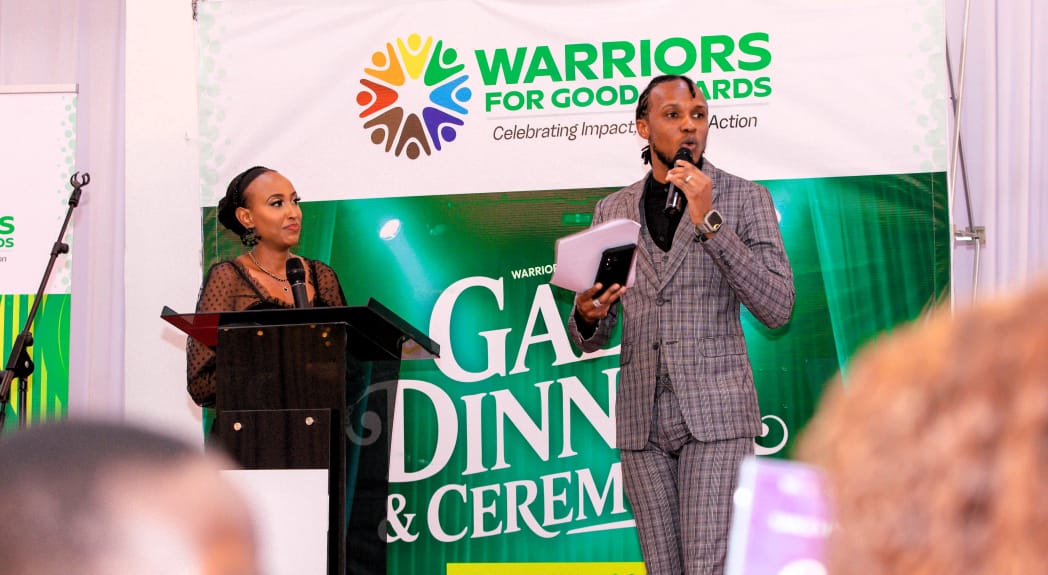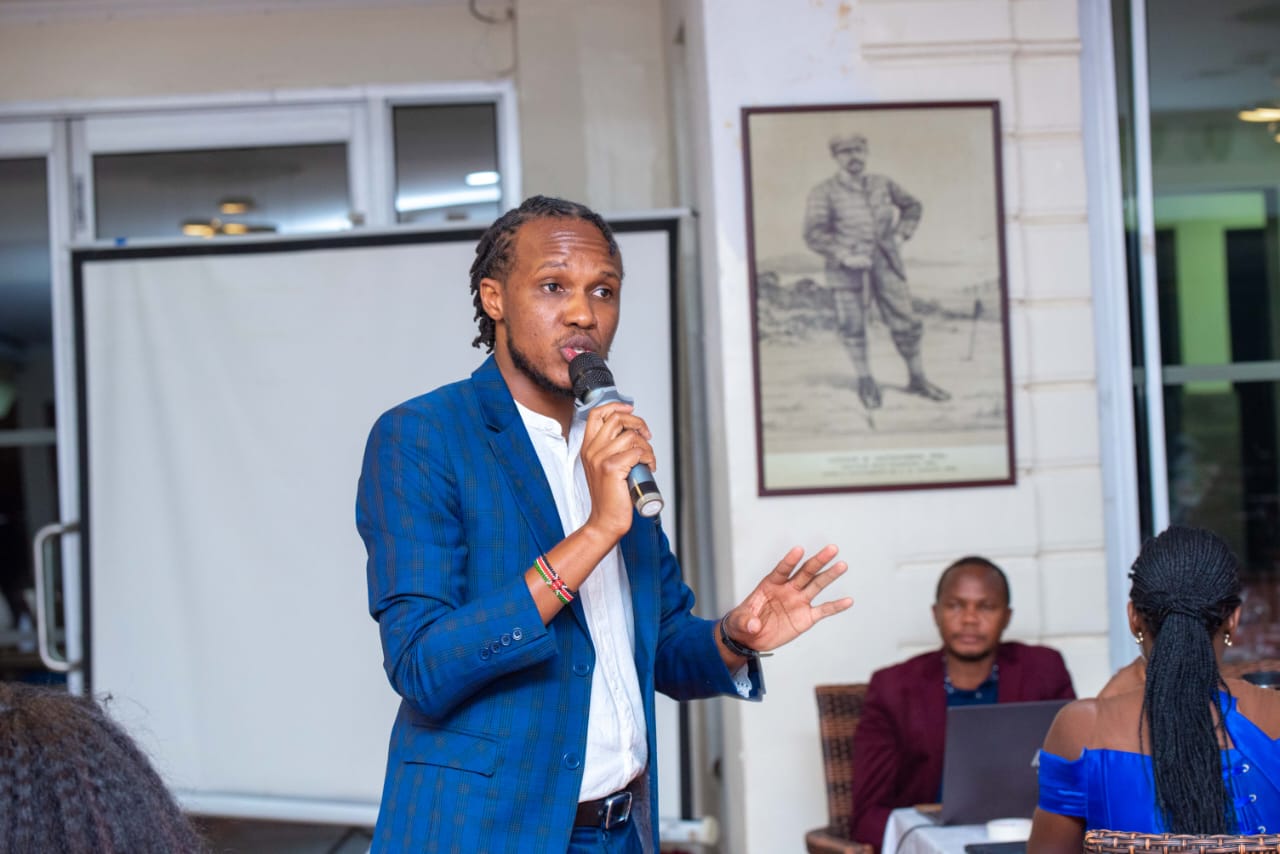Deep in Western Kenya’s sacred Nganyi forest shrine, elders examine tsiswa ant trails and the delayed blooming of muyeye trees with the same meticulous care their ancestors used for generations. While satellite models recently predicted minimal rainfall during a crippling drought, these traditional forecasters warned of a deceptive dry spell followed by torrential rain. Their warning was proven accurate.

Across the Horn of Africa, such scenes underscore a critical insight: climate resilience will not be achieved by choosing between traditional wisdom and science, but by integrating the two.
Accuracy Rooted in Tradition
Indigenous Knowledge Systems (IKS) provide highly localized, low-cost climate forecasting, often outperforming conventional models in specific settings. In Ethiopia, Afar pastoralists use livestock behaviour, star formations, and plant cycles to guide migration. In Kenya and Tanzania, Maasai elders predict rainfall by analyzing cattle kidney fat and the flowering of the oloirien tree.
Far from superstition, these methods are proven. IGAD Climate Prediction and Applications Centre (ICPAC) studies show traditional forecasters in Ethiopia and Kenya can predict rainfall onset with 94% confidence and rainfall amount with 84% accuracy often outmatching satellite models in micro-climates.
“This is not a rejection of science,” says Dr Joyce Kimutai, a leading Kenyan climate expert and IPCC author. “It’s an enrichment. Indigenous systems offer time-tested insights and community-level specificity that satellites lack.”
Partnership in Practice
This hybrid model is already in action. ICPAC convenes collaborative forums where traditional forecasts and satellite data are evaluated side-by-side to generate consensus reports, which are then broadcast in local dialects. In Kenya’s west, meteorological services now combine Nganyi family forecasts with scientific data, producing reports that are both accurate and trusted.

By merging regional patterns from satellites with hyper-local insights from elders, communities are getting earlier and more reliable warnings.
Regional Scale, Continental Vision
The challenge is scaling up. IGAD Executive Secretary Dr Workneh Gebeyehu stresses that climate security is vital to regional peace. To achieve true resilience, East Africa must institutionalize knowledge integration.
That requires long-term investments in mentoring programs between elders and youth, support for women-led climate information hubs, and the inclusion of indigenous knowledge in formal education. A proposed IGAD Traditional Forecaster Network would unite local wisdom and national agencies under a common framework.
A Shared Future
The most effective climate defence won’t come from satellites alone it will rise from the partnership between old and new. As erratic weather grows more frequent, the blend of ancient observational skills and modern tools becomes East Africa’s best hope.
Imagine a region where Somali herders’ insights feed cross-border forecasts, where hybrid research hubs guide climate responses, and where ancestral wisdom enhanced by science leads communities safely through climate uncertainty.
This fusion is more than innovation. It represents a climate response rooted in respect where adaptation is not just effective, but inclusive and locally meaningful.






